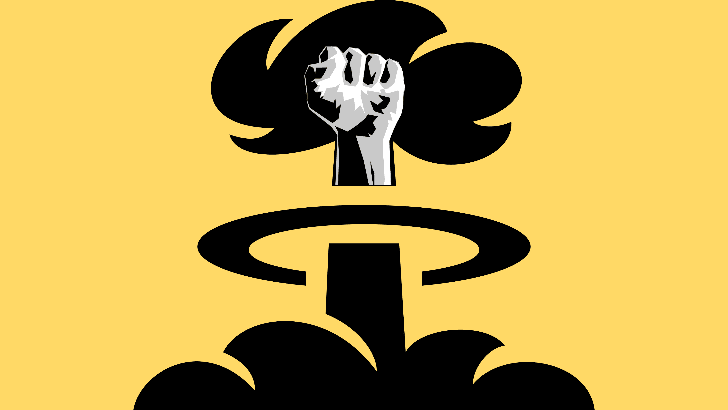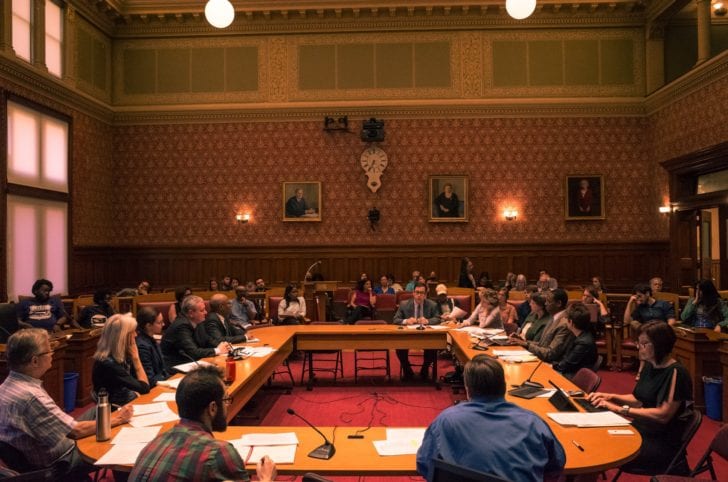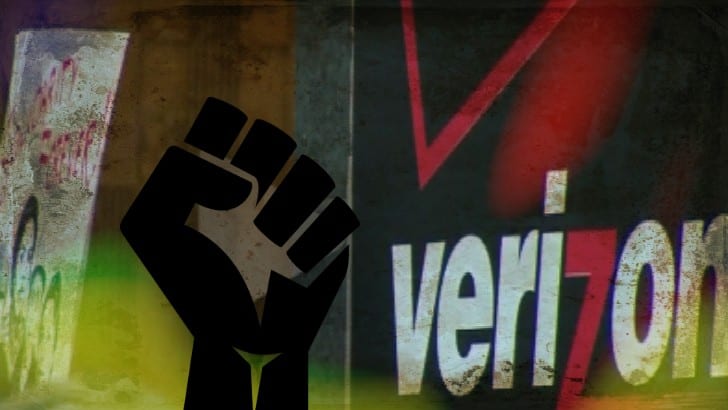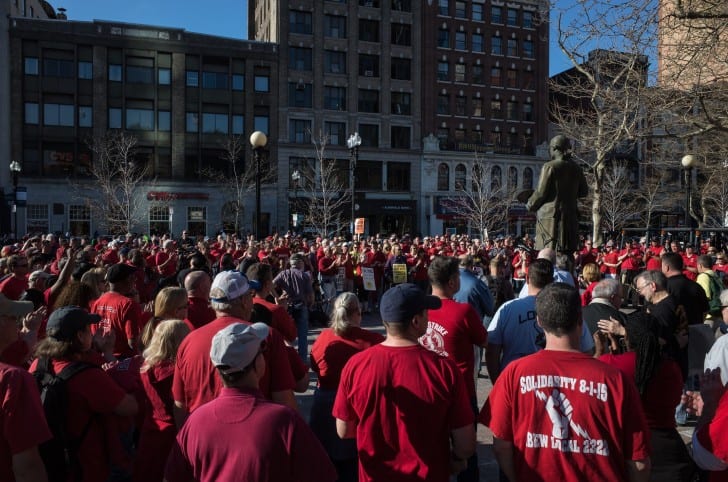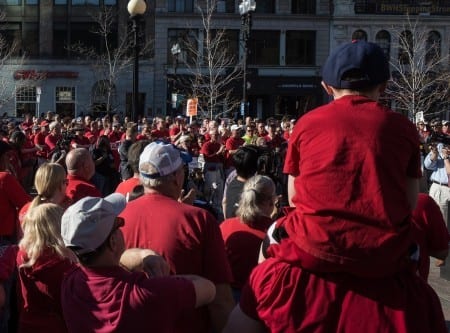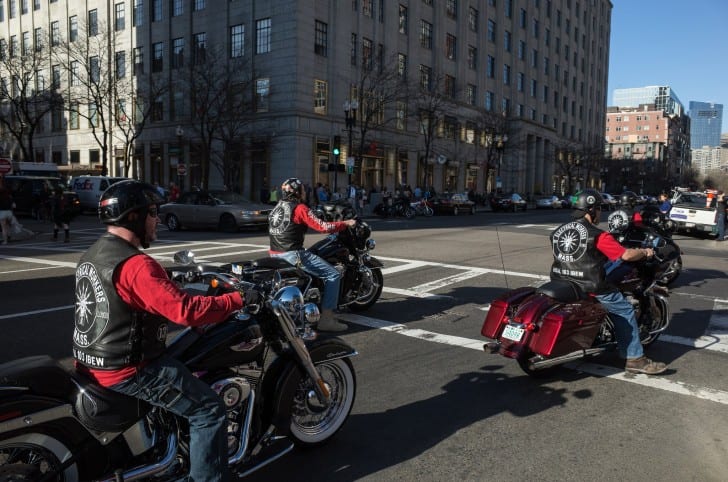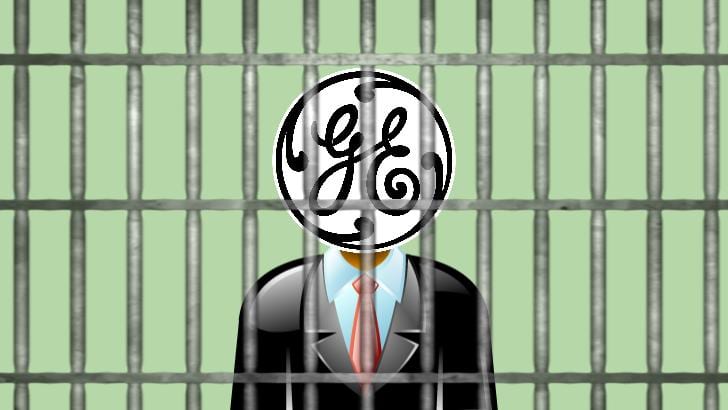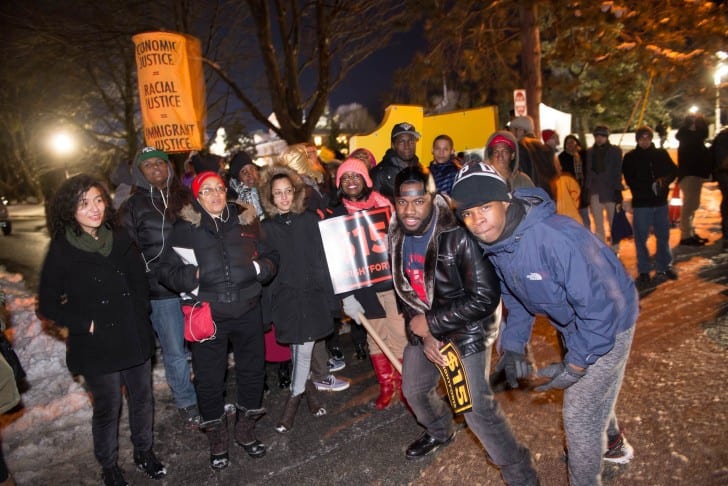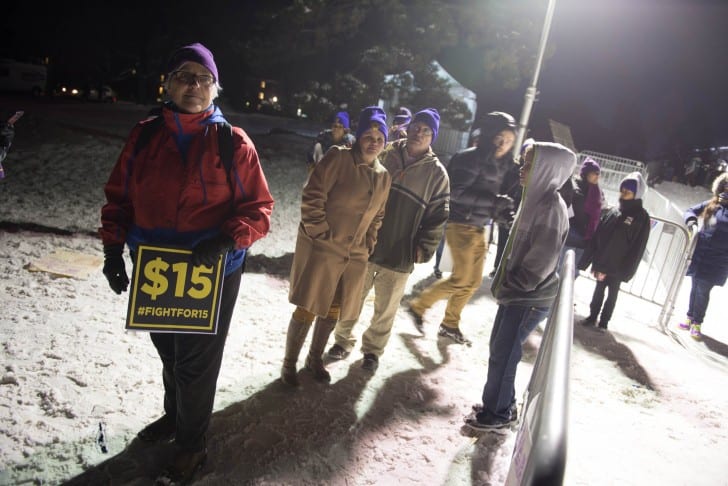
September 6, 2016
BY JASON PRAMAS @JASONPRAMAS
Are you a student? New to Boston? Want to fight for social justice, but not sure where to plug in? Well, this will hardly be a comprehensive list, but here are some local activist organizations and campaigns that are worthy of your consideration. I’m only including groups that I’ve written about (and that I agree with in broad strokes) for the sake of brevity. But, rest assured, there are activist organizations for people of every political disposition hereabouts.
A few tips are in order for people new to grassroots political activism. Seek organizations that are open and welcoming, have a democratic internal process, play well with other groups, and treat students as equals regardless of age or experience. Avoid organizations that look at students as free labor, seem focused on hitting people up for money, don’t work with other groups, and have a very undemocratic internal process run by a small ruling clique. Also avoid outright cults masquerading as political activist groups. They exist. You’ll know you’ve run into one when you meet people whose entire lives seem to be directly controlled by their organization and who will not stop trying to recruit you even after you say “no.” In general, listen to your gut instinct when checking out an activist organization, and you’ll be fine.
Here’s the list.
Black Lives Matter
One of the most important and vibrant American political movements today. Leading the biggest fight against entrenched structural racism in decades. In the wake of an ongoing series of police shootings of Black people around the country. Different local nodes of the activist network have varying membership requirements. But if you can’t be a core member, BLM periodically calls for allies to join them in the streets. That will be your cue to step up. Just remember to check your privilege. Chapters in Boston and Cambridge.
http://www.facebook.com/BlackLivesMatterBOS/
350 Mass for a Better Future
If you’re down to stop global warming, this group has got you covered. It’s organized on the state, national, and international levels and doesn’t shy away from civil disobedience or legislative action. Its current big campaign is the Clean Money for Climate Pledge, asking “candidates running for state, federal and municipal office in Massachusetts [to] commit not to accept campaign contributions from executives, in-house lobbyists and others employed by the top ten climate-disrupting corporations.” Including BP, Chevron, ExxonMobil, and Shell.
http://www.betterfutureaction.org/
Save Our Public Schools
Do you believe education is a right—not a privilege—in a democracy? Do you think that charter schools are a total scam designed to siphon public money into a variety of private pockets, and destroy public schools in the process? Well there’s an active fight against Question 2, an upcoming state ballot measure backed by very well-funded supporters determined to expand the number of charter schools in the Commonwealth. It’s called Save Our Public Schools (a.k.a. the “No on 2” campaign) and it’s spearheaded, as ever, by teachers unions—in this case, the Mass Teachers Association.
http://saveourpublicschoolsma.com/
Make GE Pay
Since the City of Boston and Commonwealth of Massachusetts announced their plans to dump at least $270 million on General Electric—one of the largest and nastiest multinational corporations in the world—in exchange for moving its world headquarters to the Hub, there’s been been a good deal of discontent brewing in communities around the state. Largely in opposition to local and state government handing huge wads of public cash to a tremendously wealthy company with plenty of skeletons in local closets—in a period of savage budget cuts to critical social programs. The Make GE Pay coalition formed last spring to try to stop the deal, and is looking to get in gear this fall after some early public actions.
http://www.facebook.com/makegepay/
encuentro 5
Can’t decide which campaign excites you the most? Why choose? This movement building space right off the Park Street T stop has a mission to get social justice activists “better networked, better resourced, and better organized.” Home to several important nonprofits, and a regular meeting place for dozens of activist groups, if you can’t find a campaign that interests you here then you may wish to reconsider your aspiration to be politically active.
That’s enough to get you started. Have fun. Fight the power. And be careful out there.
Full Disclosure: 350 Mass is a member of my organization’s Community Advisory Board, and encuentro 5 was launched by colleagues at my former nonprofit, Mass Global Action.



